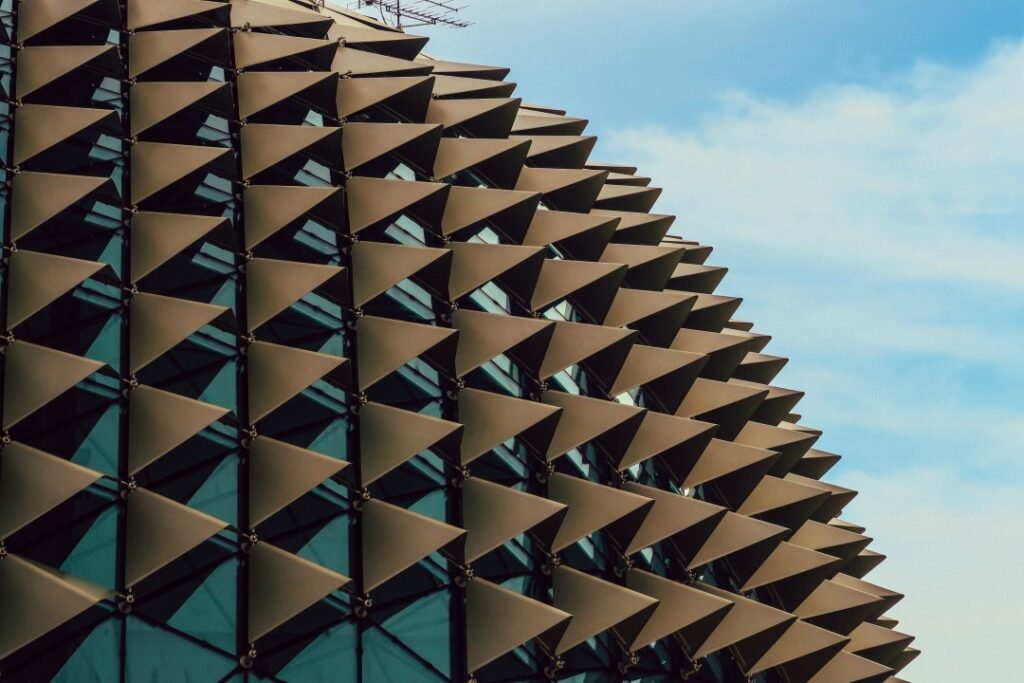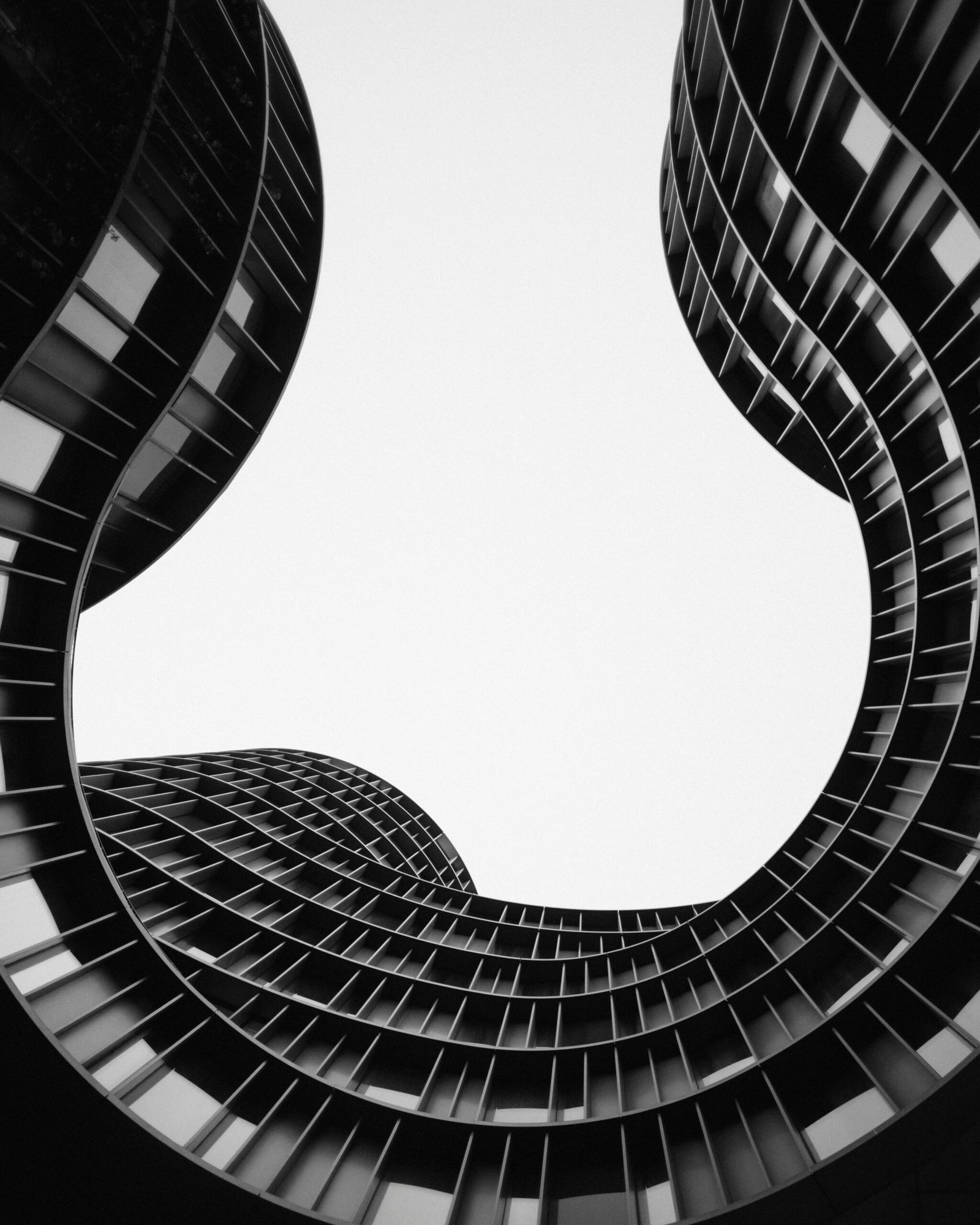The skyline of a city tells a story. It’s a testament to the ingenuity and innovation of architects and engineers, pushing the boundaries of what’s possible. And just like the best stories, architecture is constantly evolving. At the forefront of this change are cutting-edge materials that are redefining how we design and construct our buildings.
These materials aren’t just about creating visually striking structures; they’re about creating a more sustainable, efficient, and functional future for our built environment. Let’s explore some of the most innovative materials transforming contemporary architecture:
1. Transparent Wood: Bl blurring the Lines Between Inside and Out
Ever wished your walls could bring the outdoors in? Transparent wood makes that dream a reality. By treating wood with a special resin and removing its light-scattering components, scientists have created a wood material that allows light to pass through. This opens up a world of possibilities for architects, allowing them to design buildings with a stronger connection to nature. Imagine walls that bathe an interior space in soft, natural light while still maintaining privacy! Transparent wood has the potential to revolutionize building design, not only by enhancing aesthetics but also by potentially reducing reliance on artificial lighting.

2. Self-Healing Concrete: Buildings that Mend Themselves
Concrete is a workhorse material in construction, but it has a major Achilles’ heel: cracks. These cracks can compromise the structural integrity of a building and lead to expensive repairs. Self-healing concrete is here to change that. This innovative material incorporates bacteria or chemicals that can repair cracks when exposed to water or air. Imagine a building that can heal minor cracks on its own, reducing maintenance costs and extending the lifespan of structures. This is a game-changer for sustainable construction!

3. Mycelium: Nature’s Sustainable Building Block
The fight against climate change demands sustainable alternatives in construction. Enter mycelium, the root network of fungi, which is emerging as a game-changer. Grown from mushroom spores, mycelium can be molded into bricks or panels. Here’s the beauty of it: mycelium is lightweight, fire-resistant, and even has natural soundproofing properties. Plus, mycelium production is relatively low-impact compared to traditional materials like concrete or steel. This creates a win-win situation for architects and the environment, allowing for the creation of sustainable and functional buildings.

4. Kinetic Facades: Buildings that Breathe with the Environment
Imagine buildings that can adapt to their surroundings, adjusting their facades to regulate temperature and light. Kinetic facades are designed to do just that. Made from materials that respond to sunlight, wind, or temperature, these facades can open and close, optimizing a building’s energy efficiency and occupant comfort. In hot weather, the facade might open to allow for natural ventilation, while in cold weather it might close to retain heat. This level of responsiveness creates buildings that are not just aesthetically pleasing but also environmentally responsible.

5. Graphene: A Wonder Material with Limitless Potential
The world of materials science is buzzing about graphene. This wonder material, a single layer of carbon atoms arranged in a honeycomb lattice, possesses remarkable properties. It’s incredibly strong, lightweight, and highly conductive. While still in its early stages of architectural applications, graphene has the potential to revolutionize construction by creating stronger, lighter, and more energy-efficient buildings. Imagine skyscrapers reaching even greater heights without compromising on structural integrity, or buildings with improved insulation thanks to graphene’s conductive properties.
These are just a few examples of the innovative materials that are transforming architecture. As these technologies continue to develop, we can expect to see even more groundbreaking designs that redefine the way we interact with the built environment. The future of architecture is bright, and it’s being built with innovation at its core.




